Introduction to Reading & Reading Strategies
Greetings, innovative minds and aspiring scholars! Today’s reading practice explores a captivating and ever-evolving field: “The Intersection of Art and Technology.” This topic demands not only strong comprehension skills but also the ability to synthesize information from different domains, identify cause-and-effect relationships, and appreciate the nuanced ways in which human creativity interacts with scientific advancement. These are precisely the kind of higher-order reading skills critical for success in international exams like the SAT, TOEFL, and IELTS.
To help you approach this passage effectively and strengthen your reading abilities, consider these strategies:
- Anticipate Interdisciplinary Connections: Before reading, think about how art and technology might connect. You might consider digital art, virtual reality, AI, music production, or traditional art forms influenced by new tools. This helps activate relevant vocabulary and concepts.
- Identify Historical Context and Evolution: The passage might discuss how this intersection has changed over time. Look for chronological markers or references to different eras.
- Look for Specific Examples and Case Studies: The author will likely illustrate broad points with concrete examples of artistic works or technological innovations. These are vital for understanding the abstract ideas.
- Understand Cause and Effect: Pay attention to how technological advancements cause shifts in artistic practice, or how artistic needs might drive technological development.
- Discern Author’s Tone and Perspective: Is the author celebratory, critical, balanced, or questioning regarding this intersection? Your ability to pick up on the author’s stance will aid in answering certain question types.
- Time Management: For this passage and the 10 questions, aim to complete the entire exercise within 15-18 minutes. Allocate approximately 5-7 minutes for reading the passage carefully and 10-11 minutes for thoughtfully answering the questions.
Now, let’s explore the dynamic and creative frontier where art meets technology.
Reading Passage: The Intersection of Art and Technology
The relationship between art and technology has always been one of reciprocal influence, a dynamic interplay that has ceaselessly reshaped human creative expression throughout history. Far from being disparate disciplines, art has consistently both leveraged and inspired technological advancements, while technology, in turn, has provided artists with new tools, mediums, and conceptual frameworks, pushing the boundaries of what is possible. This enduring symbiotic relationship defines a frontier of constant innovation.
Historically, this intersection is clearly demonstrable. The Renaissance masters, for instance, were pioneers in applying mathematical principles and optical science to painting, leading to the development of linear perspective and chiaroscuro. The invention of the camera obscura, a technological device, profoundly influenced painters seeking realism. Later, the advent of photography in the 19th century did not, as some feared, render painting obsolete; rather, it liberated painting from its documentary function, allowing it to explore abstraction and internal realities, thereby fueling the rise of modern art movements.
The 20th century witnessed an acceleration of this trend. Electric light transformed theater and performance art, allowing for unprecedented control over mood and focus. Sound recording and amplification revolutionized music, giving rise to new genres and enabling widespread dissemination. The birth of cinema, a quintessential marriage of optics, mechanics, and chemistry, created an entirely new art form with unparalleled storytelling capabilities. Artists like Nam June Paik experimented with video art, recognizing the television as a new canvas for expression.
However, it is arguably the digital revolution of the late 20th and early 21st centuries that has ushered in the most profound redefinition of this intersection. The ubiquitous computer, coupled with sophisticated software, has become an indispensable tool across virtually all artistic disciplines. Digital art, in its myriad forms—from generative art and algorithmic compositions to immersive virtual reality (VR) and augmented reality (AR) experiences—has blossomed. Artists no longer merely represent reality but construct entirely new digital worlds.
In visual arts, software like Photoshop and 3D modeling programs allow for unprecedented manipulation of images and creation of complex digital sculptures. Generative art, where algorithms create art pieces based on coded rules, challenges traditional notions of authorship and creativity. In music, digital audio workstations (DAWs) and synthesizers have democratized music production, enabling individuals to compose and produce complex soundscapes that were once the exclusive domain of professional studios.
The emergence of artificial intelligence (AI) marks the latest, and perhaps most contentious, frontier. AI tools can now generate realistic images, compose music, and even write poetry. This raises profound questions about creativity, originality, and the very definition of “art.” While some view AI as merely another sophisticated tool, akin to a brush or a camera, others fear it could diminish the unique role of human intuition and emotion in artistic creation. Yet, many artists are embracing AI not as a replacement, but as a collaborator, pushing the boundaries of algorithmic creativity to create new forms of human-machine art.
Beyond creation, technology has also transformed the dissemination and experience of art. Online galleries, virtual tours of museums, and social media platforms have made art more accessible to a global audience than ever before, fostering wider appreciation and democratizing access. Immersive installations utilizing projections, sensors, and interactive elements blur the lines between observer and artwork, transforming passive viewing into active engagement.
However, this intersection is not without its complexities and debates. Concerns about digital preservation of ephemeral digital art, copyright in the age of AI-generated content, and the potential for technology to dehumanize artistic practice through over-reliance on algorithms or standardized tools are regularly discussed. The accessibility brought by technology might also paradoxically lead to information overload, making it harder for significant works to stand out.
In conclusion, the symbiotic relationship between art and technology is not a fleeting trend but an intrinsic, enduring force. Technology serves as both muse and medium, continually expanding the artist’s palette and challenging our conceptions of aesthetic creation. As we venture further into the digital age, this dynamic intersection promises to remain a vibrant crucible for innovation, perpetually redefining the boundaries of human creativity and technological capability.
Reading Comprehension Quiz
Keywords and Phrases
- Reciprocal influence: “Reciprocal” means given, felt, or done in return. “Influence” means the power to affect. So, “reciprocal influence” means that art and technology continuously affect each other in a back-and-forth manner.
- Disparate disciplines: “Disparate” means essentially different in kind; not able to be compared. “Disciplines” refers to fields of study or practice. The passage states that art and technology are not disparate, meaning they are closely connected despite seeming different.
- Leveraged and inspired technological advancements: To “leverage” means to use something to maximum advantage. To “inspire” means to give someone the urge or ability to do something. So, art used (leveraged) technology, and also encouraged (inspired) new technological developments.
- Enduring symbiotic relationship: “Enduring” means lasting over a long period. “Symbiotic” describes a close, long-term interaction between two different organisms or entities that benefits both. This phrase emphasizes that the mutually beneficial connection between art and technology has lasted a long time and continues.
- Pioneers in applying mathematical principles and optical science: “Pioneers” are people who are among the first to explore or settle a new area. The Renaissance masters were “pioneers” because they were among the first to use science in their art.
- Render painting obsolete: To “render” something means to make or cause it to be. “Obsolete” means no longer produced or used; out of date. This phrase means that some people feared photography would make painting unnecessary or irrelevant.
- Quintessential marriage of optics, mechanics, and chemistry: “Quintessential” means representing the most perfect or typical example of a quality or class. A “marriage” here is a blend or combination. So, cinema is the perfect example of how light (optics), movement (mechanics), and chemicals (chemistry) came together to create something new.
- Ushered in the most profound redefinition: To “usher in” means to mark the beginning of something new. “Profound redefinition” means a very deep and fundamental change in how something is understood or done. The digital revolution brought about the deepest change in how art and technology relate.
- Ubiquitous computer: “Ubiquitous” means present, appearing, or found everywhere. The “ubiquitous computer” means that computers became extremely common and widespread, making them an indispensable tool.
- Myriad forms: “Myriad” means a countless or extremely great number. “Myriad forms” means digital art exists in a vast variety of different types and styles.
- Challenges traditional notions of authorship and creativity: “Notions” are ideas or beliefs. “Authorship” refers to the state or fact of being the writer of a book, article, or piece of music. AI art “challenges traditional notions” because it makes us question who the “author” is and what it means to be “creative” when a machine is involved.
- Democratized music production: To “democratize” means to make something accessible to everyone. Digital tools have “democratized music production” because they’ve made it possible for ordinary people, not just professionals, to create and produce music.
- Most contentious frontier: “Contentious” means causing or likely to cause an argument; controversial. A “frontier” is the extreme limit of understanding or achievement in a particular area. AI is the “most contentious frontier” because it’s the newest, most debated, and most challenging area where art and technology meet.
- Vibrant crucible for innovation: A “crucible” is a severe test or trial, or a place or situation in which different elements interact to produce something new. “Vibrant” means full of energy and enthusiasm. This metaphor suggests the art-tech intersection is a dynamic, challenging place where new ideas are constantly formed through interaction.
- Perpetually redefining the boundaries: “Perpetually” means in a way that continues forever or for a very long time. To “redefine boundaries” means to change the limits or definitions of something. The passage implies that the interaction between art and technology will endlessly push and change what we consider possible in both fields.
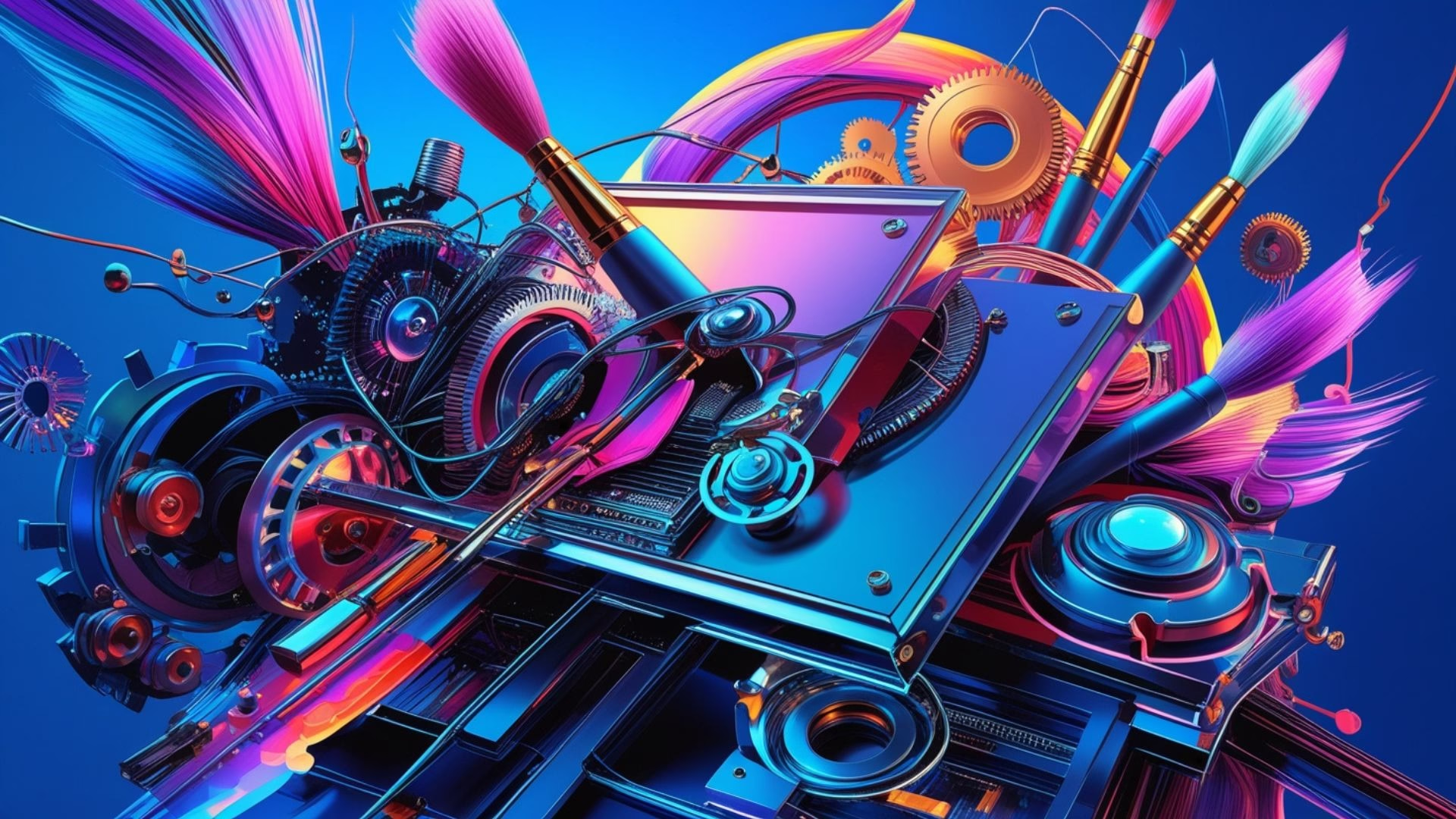
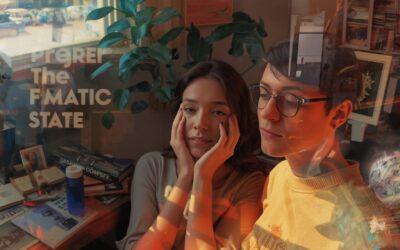

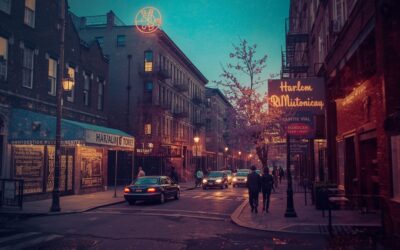

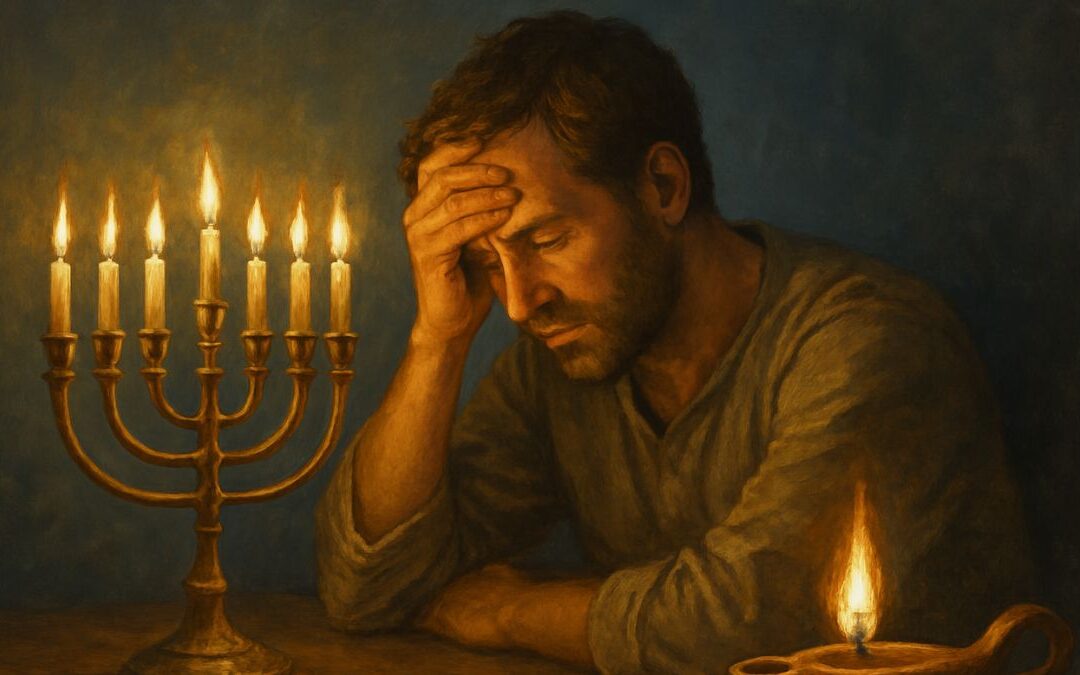
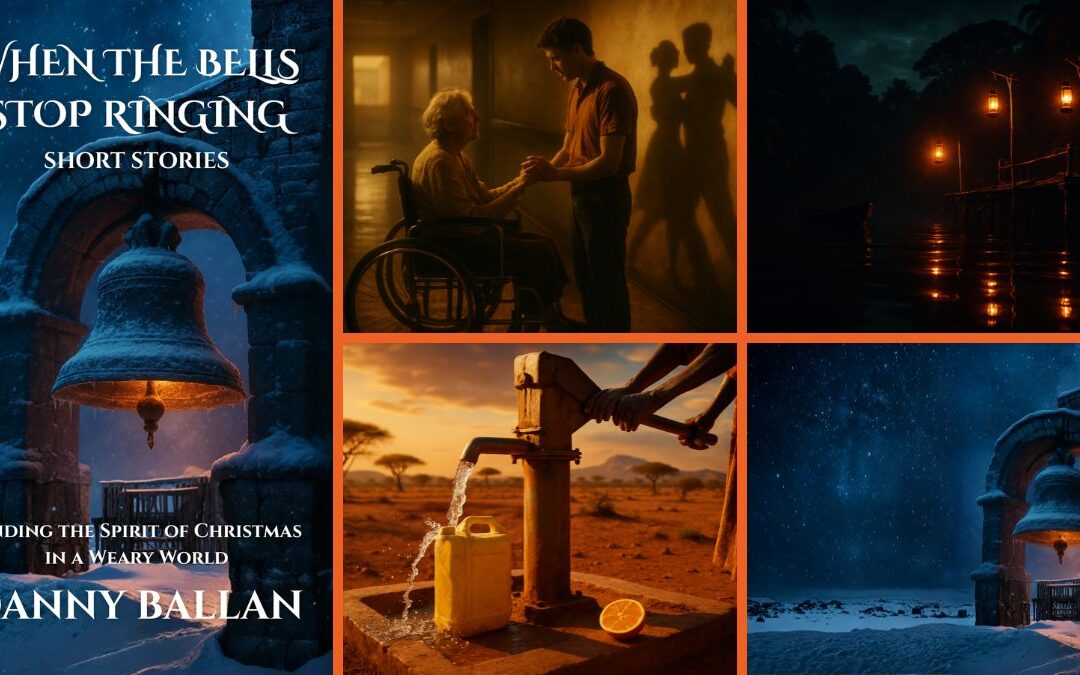
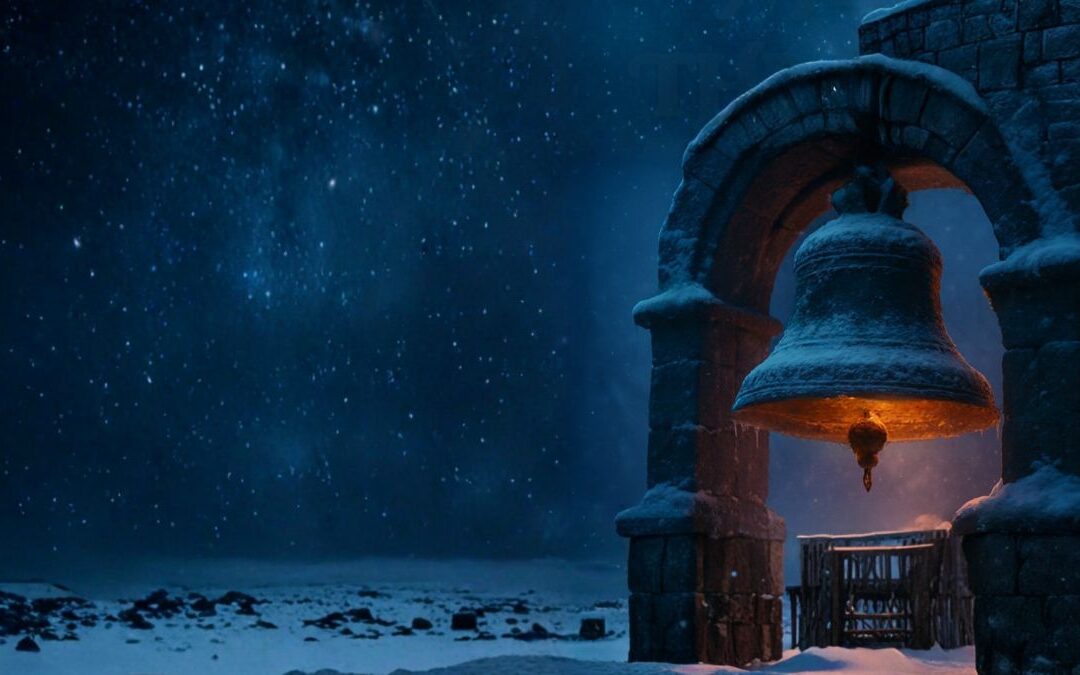
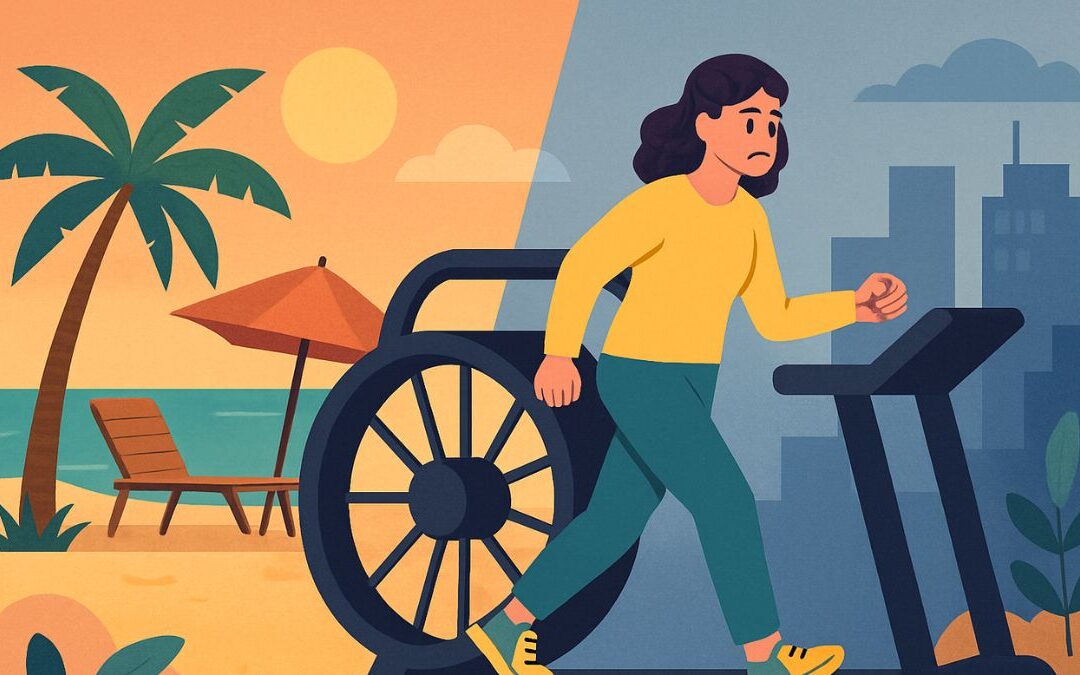
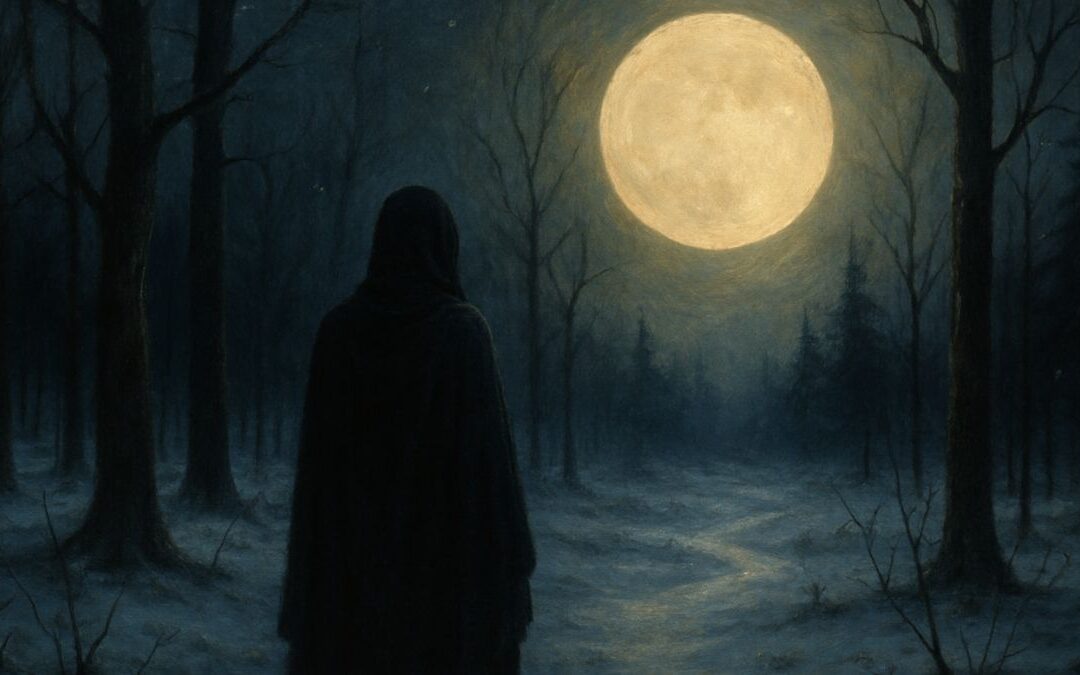
0 Comments